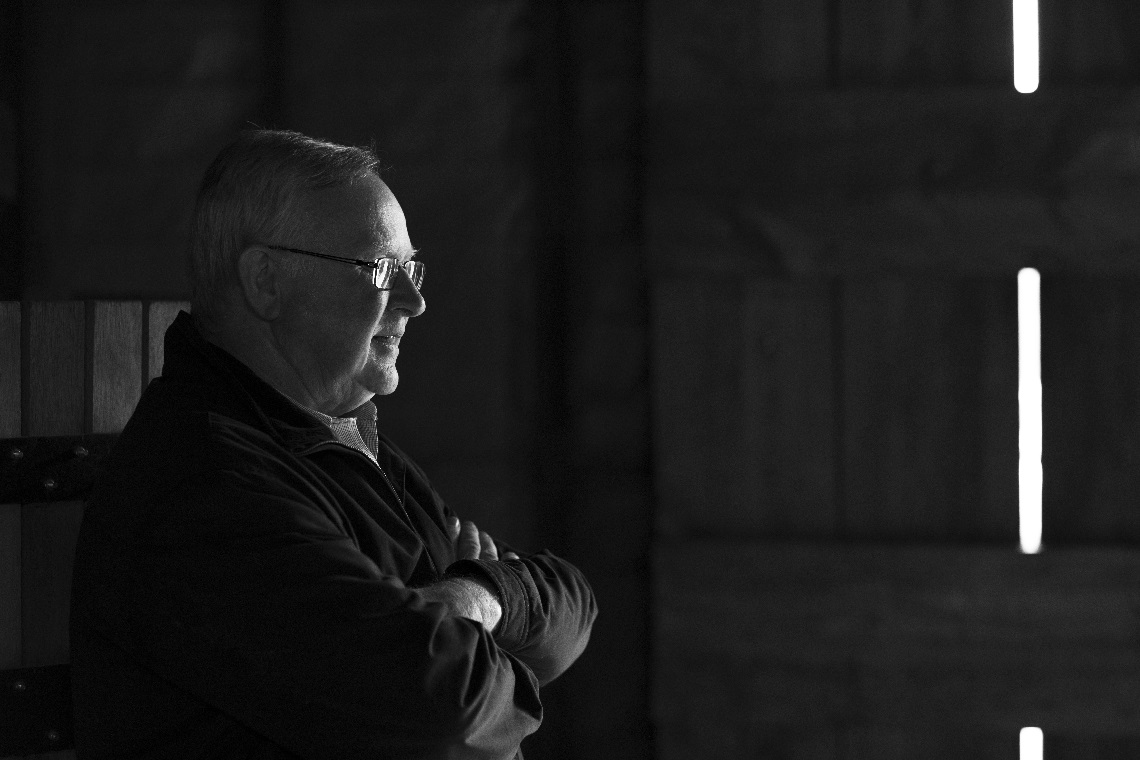Tyrrell’s, one of the Hunter Valley’s preeminent families of wine has come to the decision to have a severely reduced 2020 vintage, with an estimated 80 per cent of crops lost to smoke taint.
And Managing Director and family patriarch, Bruce Tyrrell, has told National Liquor News that there is no certainty over the remaining 20 per cent, which will continue to be tested.
“Smoke taint is a very inexact science,” he explained. “It might not be there now but in 12 months’ time it can come back.”
Tyrrell’s has been working closely with the Australian Wine Research Institute (AWRI), and Dr Ian Porter of La Trobe University, who have been testing the vineyards’ grapes across the region for smoke taint.
They have also been conducting micro ferments in their own laboratory which has led to the decision that most of the vineyards will not be harvested for wine production.
“We’re going to pick some stuff here that will be fermented, and we’ll bottle maybe 10 or 20 dozen that can be used for research work later.”
The impact of smoke taint is not universal across the region. The Hunter Valley is a large geographical area and there were many factors to consider when making the decision including proximity to the fires, elevation of vineyards, and days in contact with fresh smoke.
“Our test numbers look fine on a couple of vineyards which are a bit further away at Belford and some grapes that we buy at Dalwood. So, we’ll pick those grapes and make them, then they’ll be tested a couple of times after we’ve made them before we make the final decision.
“Two of those wines are not due to release until they are four or five years old, so we’ll have plenty of time to watch it and make sure they’re ok.”
Winemakers and grape growers across the region are very proud of the Hunter’s reputation and will not make wines that could damage that standing.
In a statement, Tyrrell’s said: “As with any other year, any wine that we do bottle from the 2020 vintage will only be of a standard that the family deem befitting of our 162-year legacy.”
Across the Hunter, winemakers and growers are still assessing their grapes, and the region has come together to share the results of their individual testing to get a broader view.
“I think a lot of people are weighing up their options, but I think our release will probably make a lot of peoples’ decision making a bit easier,” says Tyrrell.
“The first thing that has to be done is we’re going to have to find some form of income relief for the grape growers, because this won’t have any effect on me in this current financial year. Next year with my two major releases, well I don’t have them. And again, with the later trade releases in four years’ time, there’s going to be this dirty great hole.
“So, the impact on the wineries is further down the track, where the impact on the grower is 30th March when their first grape cheque is due, and one doesn’t turn up.”
Angus Barnes, Executive Officer at New South Wales Wine is working with State and Federal Governments on recovery packages not only for the Hunter, but for other regions as well, to help ensure winemakers and grape growers survive, which Tyrrell says is going to be “an enormous benefit to our growers”.
Barnes told National Liquor News: “With regards to the effects on growers of the effects of smoke, we are concerned about the effects of not picking grapes. For a grower, there are costs totally many thousands of dollars per hectare and for many of them, there will be no income this year. We are trying to work with government to see what support we can provide to these growers. To be honest, it is currently a frustrating exercise, because the smoke damage to grapes is not defined as a direct fire damage to primary industry.”
In the meantime, Tyrrell says: “We’ve all just got to tighten our belts for a year or two and get our releases right and our stories right and hope like hell that we have a decent vintage in 2021.”

